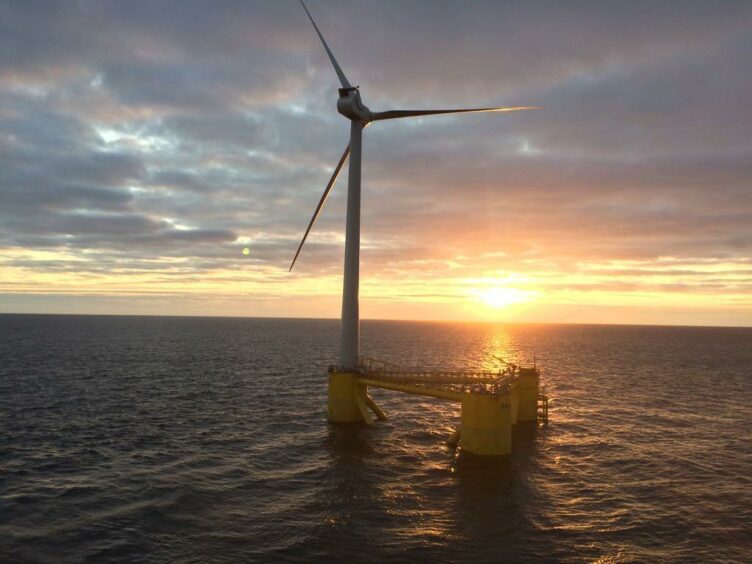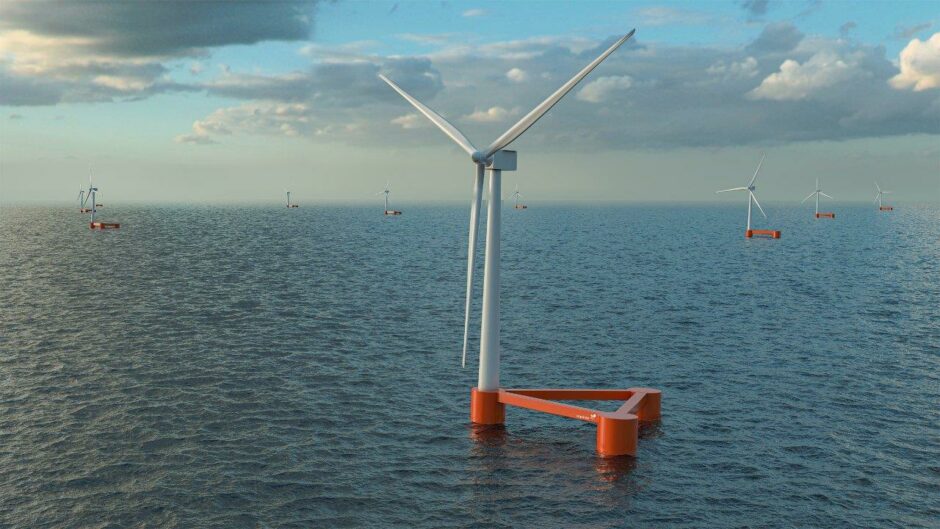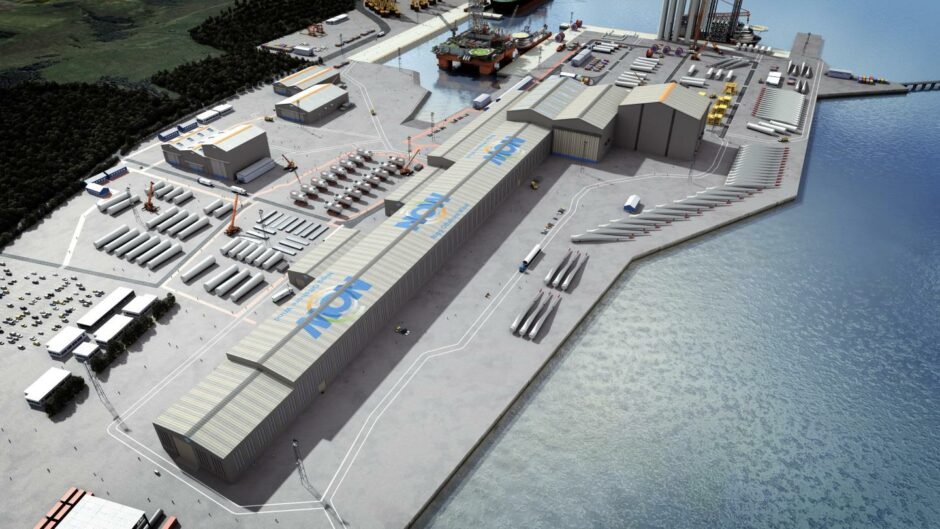
A renewables expert believes the scale of interest in developing floating offshore wind in Scotland proves that the technology is more than a passing fancy.
Ralph Torr, ORE Catapult’s Floating Offshore Wind Centre of Excellence programme manager, says he expects the sector to continue growing swiftly, spurred on by ScotWind.
He said: “Making a bid into Scotland is not a cheap or easy endeavour, so it’s great to see the existing investment in floating and we only anticipate that to continue.
“It’s obviously great to see new players coming in to the market, and I think floating is a particularly good opportunity for companies from an oil and gas background. There are a lot of really strong synergies.”
ScotWind
Crown Estate Scotland is due to release the results of ScotWind, the first offshore wind leasing round in Scottish waters in more than a decade, on Monday.
A total of 74 bids have been submitted with 15 plots of seabed up for grabs.

Some of the largest applications have been made by companies and consortia proposing to build floating offshore wind farms.
Among them are Orsted, for which it would be a first foray into the floating sector, and oil and gas giant Shell.
Mr Torr said: “It’s an exciting time. ScotWind will deliver a significant volume of large scale floating offshore wind opportunities.
“Ultimately we are really interested to see who secures the leases and to get into the process of supporting those organisations to deliver the projects over the next few years.”
Although the floating sector is at a relatively nascent stage globally, it is hoped it will deliver the large-scale wind manufacturing jobs that Scotland has missed out on so far.
Advantages of floating wind for Scotland
The lack of local content in Scottish projects to date has been a point of contention and there is sense of expectation that ScotWind will deliver the long awaited renewables revolution.
Mr Torr says there is good reason to believe that floating wind could be the opportunity the supply chain has been waiting for.
He said: “Scotland does have some inherent advantages. Obviously these projects are on our doorstep which should make Scotland the obvious venue for a lot of the activity.
“That’s particularly true for the large scale work in which costs and proximity to project are very closely linked.
“Scotland also has genuine world leading skills and capability out in the North Sea. There’s some real advantages there for floating wind that perhaps don’t exist in the same way for fixed bottom.”
In order to prepare for the forthcoming offshore wind drive a number of ports across Scotland have drawn up plans to expand their capabilities.
Ports and harbours
At Port of Nigg in the Highlands Global Energy Group (GEG) is preparing to build an offshore wind tower manufacturing facility that could support more than 400 direct jobs.
Nearby at Ardersier work is ongoing to bring the harbour back up to speed ahead of the renewables boom.
Mr Torr said: “They’re exactly the sort of developments that we want to be seeing more of. They are big steps in a longer journey that we need to go on.
“Nigg in particular is an excellent example of industry and supply chain working together. GEG has led on the plans with its industry partners, but there was also developer involvement in underwriting elements of that deal. That’s exactly the sort of model that we need to take and develop further.
He added: “Above all of that is the fact that there is a growing level of coordination between the ports and the facilities.
“If you take Ardersier and Nigg as examples, they’re developing complementary capabilities. That collaborative and coordinated approach is also something that we’re seeing more of and it’s going to be really key to success.”
Recommended for you


 © Supplied by Global Energy Group
© Supplied by Global Energy Group